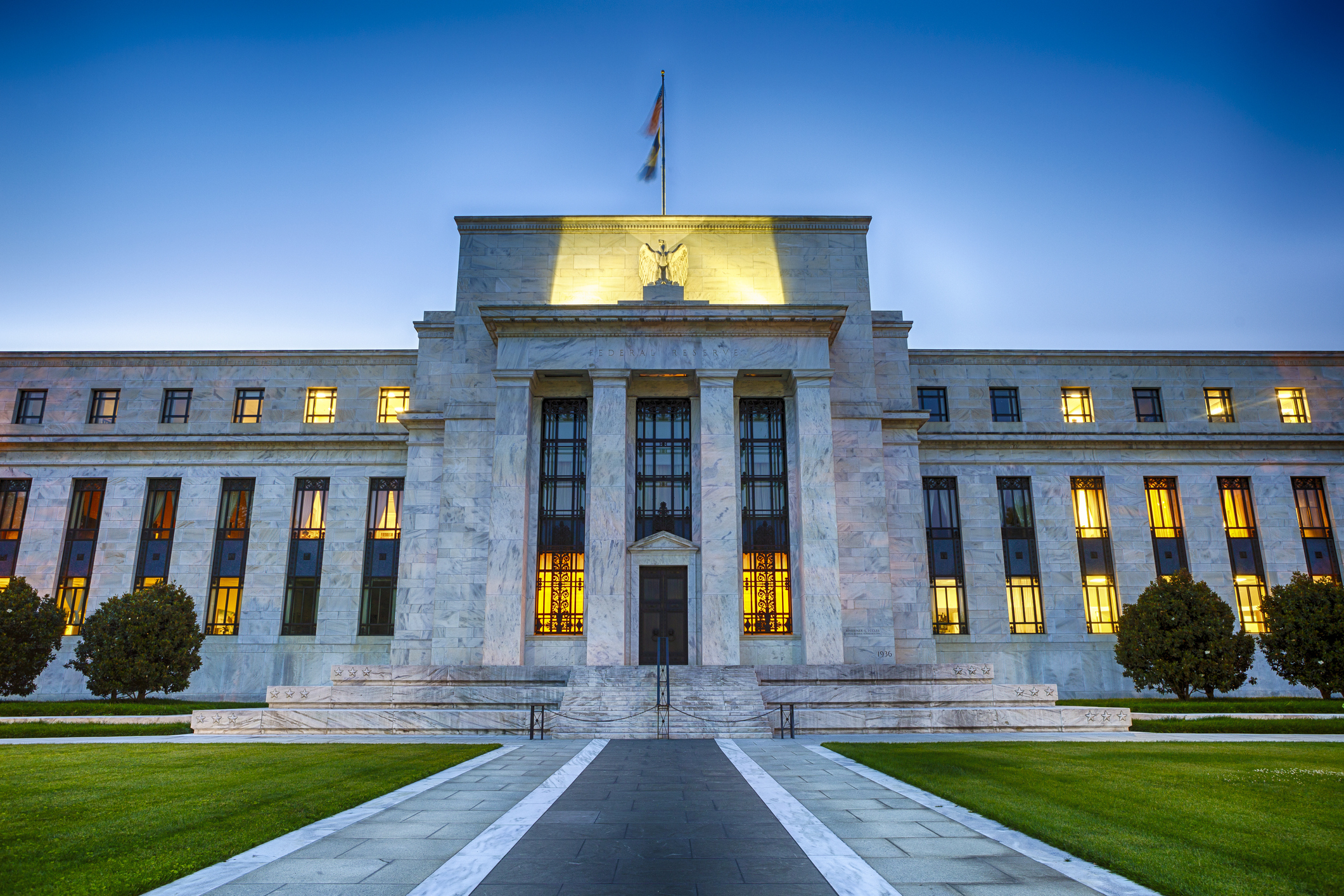On July 31st, the Federal Reserve announced that they would be cutting interest rates for the first time since the 2008 economic crisis – over a decade ago.
The Fed’s role is to maintain stability and “alleviate crises” in our financial system. Historically, they have issued rate increases to stabilize a booming, lending-heavy, high-inflation economic climate. Inversely, the Fed has lowered rates to stimulate spending in a recessed, stagnant economy.
What is both interesting and historic about this rate decrease is that the economy currently seems to be stable; borrowing is steady, unemployment is low, and inflation is relatively steady, meaning that the Fed is lowering rates simply to prevent the economy from slowing down.
So, why lower rates at all?
According to the Washington Post, this decision is the result of other factors economists believe to have a potentially negative influence our financial climate, such as the ongoing trade tensions with China and less-than-ideal inflation rates.
Additionally, pressure by President Trump to lower rates and The Fed’s desire to be preemptive rather than reactive to economic shifts is also said to have an heavy influence on today’s decision.
What this means for borrowers
Because lower interest rates are designed to stimulate the economy, this is good news for anyone with debt or looking to get a loan.
This is good news for anyone with debt or looking to get a loan.
The cut should make loans cheaper for people buying houses, cars, trying to start a business, and those paying off credit cards or student loans. The effect of these changes doesn’t happen overnight, so consumers probably will not wake up tomorrow to find that all of their favorite rates have changed by a quarter of a point.
This is also a great time to refinance, especially for borrowers who recently took out a loan within the last year or so, as rates are likely lower than those available at the time the loan was generated. Though it is unlikely the U.S. will see a 0% interest rate like was available in the past, this cut will still reduce pressure on car shopper finances.
If you have investments, this cut could benefit you there, too. A surge in stock prices tend to accompany rate cuts, meaning that the value of your investments may increase.
However, with new rate cuts comes increased potential for risky lending. Though the difference in rate is only minimal, it is still important for borrowers to avoid predatory loans by making sure they can afford the payments and understand the terms.
Overall, this rate cut can be great new for many Americans who want to create some wiggle room in their budget. Pay down debt, refinance, start saving, and enjoy the break on your wallet.
;)

